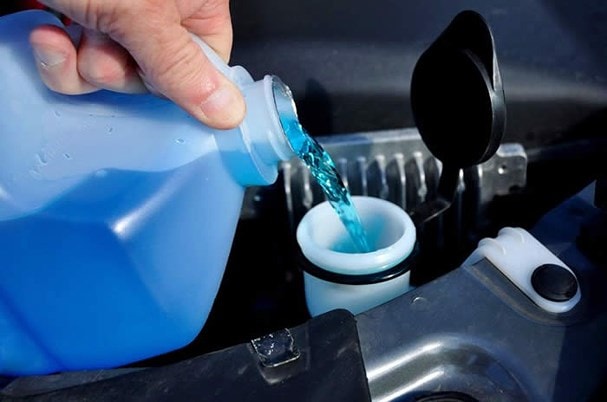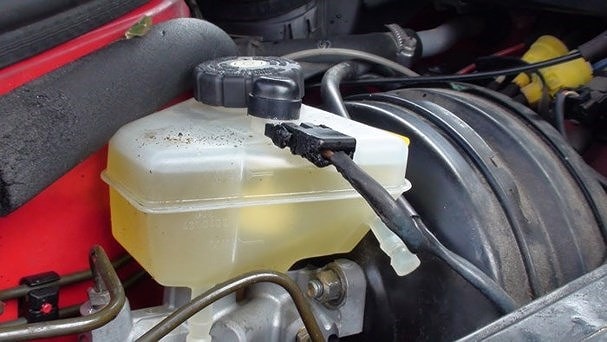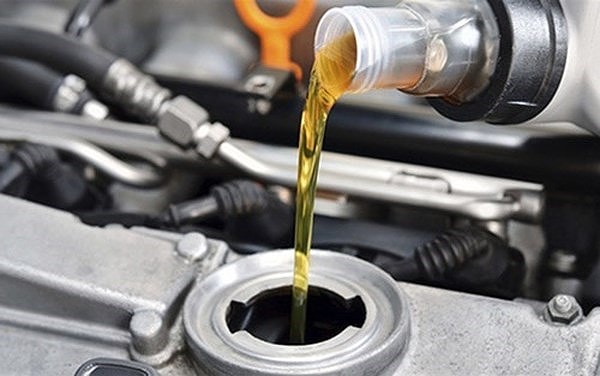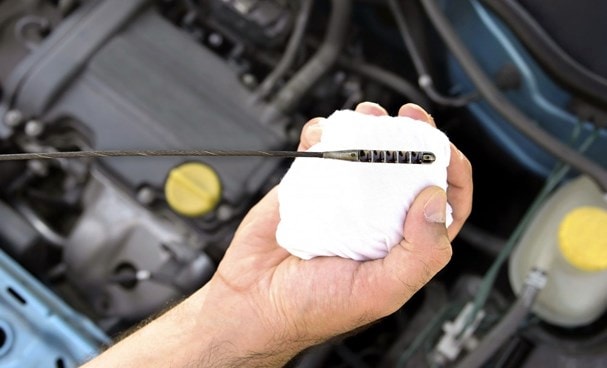6 types of car fluids that need to be checked regularly during hot weather
(Baonghean.vn) - In addition to fuel, cars also have solutions that help maintain the operation of the engine, gearbox, brake system... Over time, especially in hot weather, these solutions need to be supplemented and replaced promptly to help the car operate stably.
1.Windshield washer fluid
 |
Windshield washer fluid helps clean the windshield surface, ensuring visibility for the driver; if the switch is pressed but the windshield washer fluid does not spray, it means the reservoir is empty. Some cars have a warning light on the center dashboard when the windshield washer fluid is not at the specified level for the driver to know.
During use, especially in hot weather, it is necessary to pay attention to checking and adding windshield washer fluid to ensure the windshield is always clean. Many people often use plain water mixed with dishwashing liquid to save money. However, the manufacturer recommends using a specialized windshield washer fluid to help clean the glass surface; at the same time, it does not affect the life of the wiper blade.
2. Coolant
 |
Coolant plays a role in cooling the engine during operation. The process of burning the air-fuel mixture in the engine cylinder will generate a large amount of heat, the coolant will transfer the heat from the engine body to the radiator.
If the amount of coolant is not guaranteed, it will cause unpredictable consequences for the car engine. Therefore, drivers should regularly monitor the coolant level in hot weather to supplement or replace to ensure the cooling process for the engine.
3. Brake fluid
 |
Most car models today use a hydraulic brake system; in which, brake fluid plays a role in transmitting force from the brake pedal through a high-pressure pump containing oil to the four wheels.
Over time, brake fluid will wear out, contain dirt during the transmission process or be contaminated with water... leading to reduced efficiency and accuracy when the driver brakes, affecting safety. Therefore, drivers need to regularly check the brake fluid. This solution usually has a separate tank and is divided into "Min" and "Max" levels to identify the remaining oil level in the tank.
4. Power steering fluid
 |
Power steering oil plays an important role in ensuring the operation of the hydraulic power steering system; If the oil level is not guaranteed, it will affect the power transmission process, the steering wheel will be heavy, and there will be noise when steering.
If the solution tank is made of plastic, the oil level and color of the oil in the tank can be easily seen; if it is made of metal, there is a dipstick to help check the remaining level in the tank.
If the power steering fluid is brown or black, it is dirty and you should take your car to a garage for inspection.
5. Engine oil
 |
Oil has the effect of lubricating, reducing friction and cleaning the internal parts of the engine; after a period of use, engine oil often degrades, reducing its lubricating ability.
For new cars used for the first time, experts recommend changing the engine oil after the first 1,000 km to remove metal shavings and dirt in the engine after machining. Then, change the oil when the car has run about 5,000 km.
Depending on the conditions of use, drivers should regularly check the dipstick to know the condition and oil level in the engine.
6. Gear oil
 |
Gear oil helps lubricate and dissipate heat from the parts in the gearbox; over time, the oil becomes dirty, making shifting difficult, less smooth, causing vibration, or even making shifting impossible.
This solution requires more careful and periodic quality checks; users can easily check the oil level via the dipstick and estimate how dirty the oil is.
Dark, scum or coffee colored liquids are signs that you should check this solution immediately. Clear mahogany/red is a good sign.

